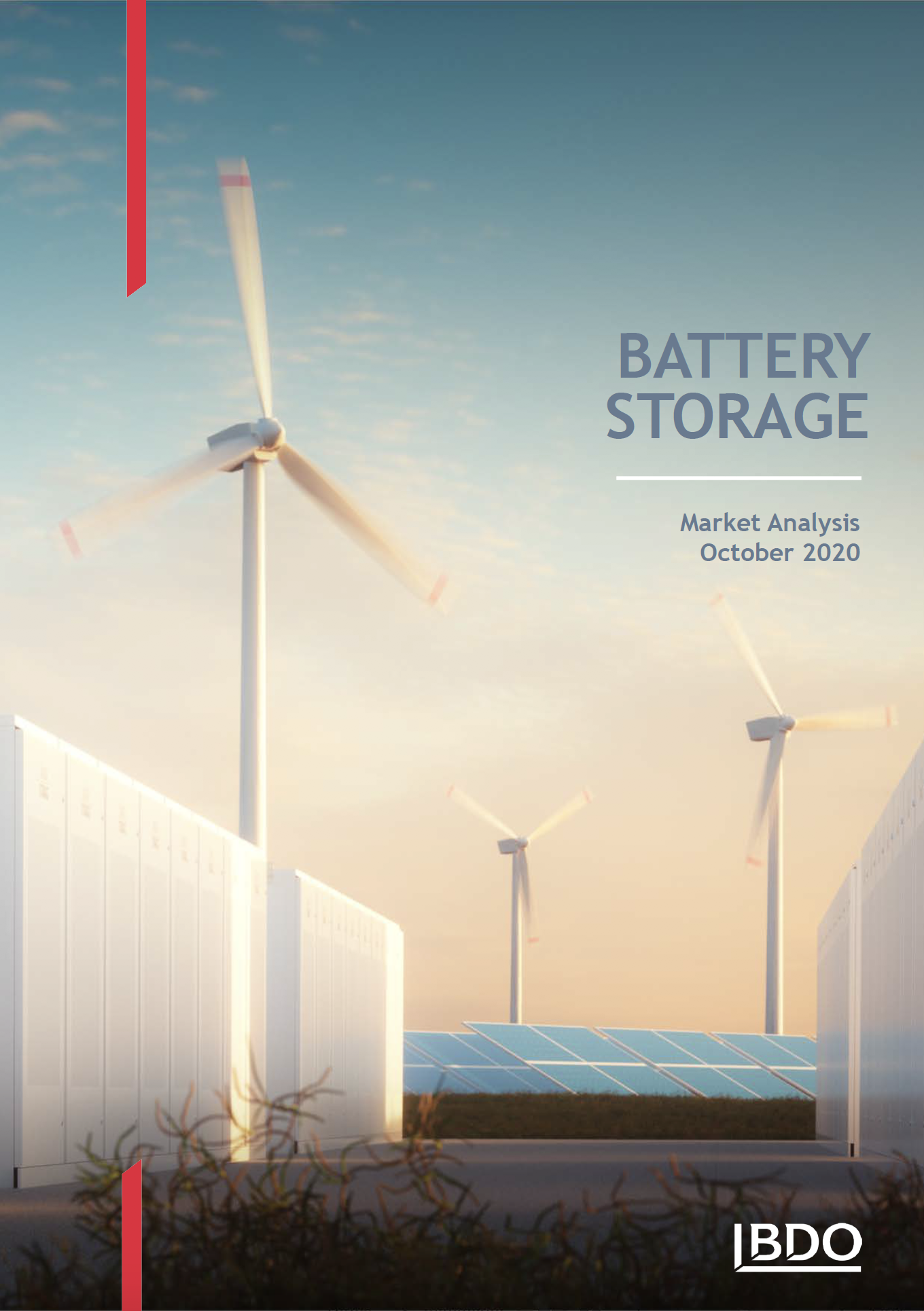Batteries have been around a long time, and have evolved in various forms through history, but today they are looking to play an imperative role in the energy transition and towards a low carbon economy.
Total investments in battery storage production are projected to exceed USD150 billion by 2023, which corresponds to USD20 for every person on the planet. Over the past decade battery prices have declined 83%, which is making EVs and energy storage commercially viable for the first time in history.
Top producers of battery metals in 2019 were the Democratic Republic of Congo, who produces 70% of the world’s cobalt, Australia with 54% of the world’s lithium and Indonesia, 30% of the world’s nickel. In order, to meet the 2023 demand for lithium, current supply must increase by three times.
Today, the top producers of Lithium Ion batteries are in Asia – LG Chem of Korea, CATL and BYD of China who deliver around 5% of the total production capacity.
Battery storage transformational potential
Nowadays, batteries are key to hybridisation and electrification, which brings considerable opportunities in terms of job creation, economic growth, energy security, health, and environmental protection. Batteries could have the following economic impacts –
- Reduce up to 30% of required emission reductions in the power and transportation sectors
- Could contribute 10 million jobs and USD150 billion in economic value
- Provide access to electricity for 600 million
Battery energy storage applications
Battery technologies are an essential catalyst to unlock growth in sectors such as electronic vehicles, electronic devices, and battery energy storage for renewable energy. The market is projected to reach 546 Bn USD in 2030, growing with a CAGR of 21% in 2020-2030.
The main drivers of growing battery demand are the electrification of transportation and the deployment of batteries in electricity grids. Global battery demand is expected to grow by 25% annually. Currently, China is the biggest market, taking a 50% share in the global demand in 2020.
Innovation in battery storage
Recent rapid improvements in batteries’ costs and performance has unleashed the massive potential of the advanced battery technology ecosystem. Batteries are simultaneously becoming longer-lasting, lighter, and safer, leading to rapid increases in value for customers. As batteries become cheaper and more efficient, more markets are electrifying. Furthermore, falling battery costs are changing the economics of wholesale power markets. For instance, these changes led to the decline in investments and cancellations of new natural gas-fired power generation projects.
Mining industry set to grow in tandem
As recently commented on by BDO, the capital is flowing into mining. Both Australia and Canada are currently experiencing an uptick in IPOs and newly funded explorers.
The growing electrification of transport and adoption of renewable energy sources is driving demand for Lithium, Cobalt, Nickel, Graphite, Manganese, and Aluminium.
Albeit, more recently a sharp decline in battery metals prices in 2019-2020 has been caused by several issues that include a slowdown in all vehicle sales (including EVs), disruptions in supply chains globally caused by the pandemic and subsequent weak economic performance as the world adjusts to life after.
Challenges Ahead
The battery market faces many challenges due to the rapid scaling of battery applications. Those currently harnessing the battery revolution including automotive, electronics and utility infrastructure might see competition rise from both outside industries and for the limited resources and new technologies coming online.
The investment climate for batteries despite the challenges does look optimistic. Global investments in battery storage increased by 5 times from 2014 and reached 4 Bn USD in 2019, driven by recent rapid improvements in battery costs and performance, coupled with a growing demand for electric vehicles and increased renewable energy generation.
Major drivers that will determine the future of battery storage industry includes government support for the energy transition, the growth of renewable energy and energy systems that support and finally the uptake of EVs.
Please read the full report by clicking on the image below.
Talk to us
BDO has been working across the battery value chain for some time and has professionals with deep experience. For further information, please reach out and we’d be happy to chat.
